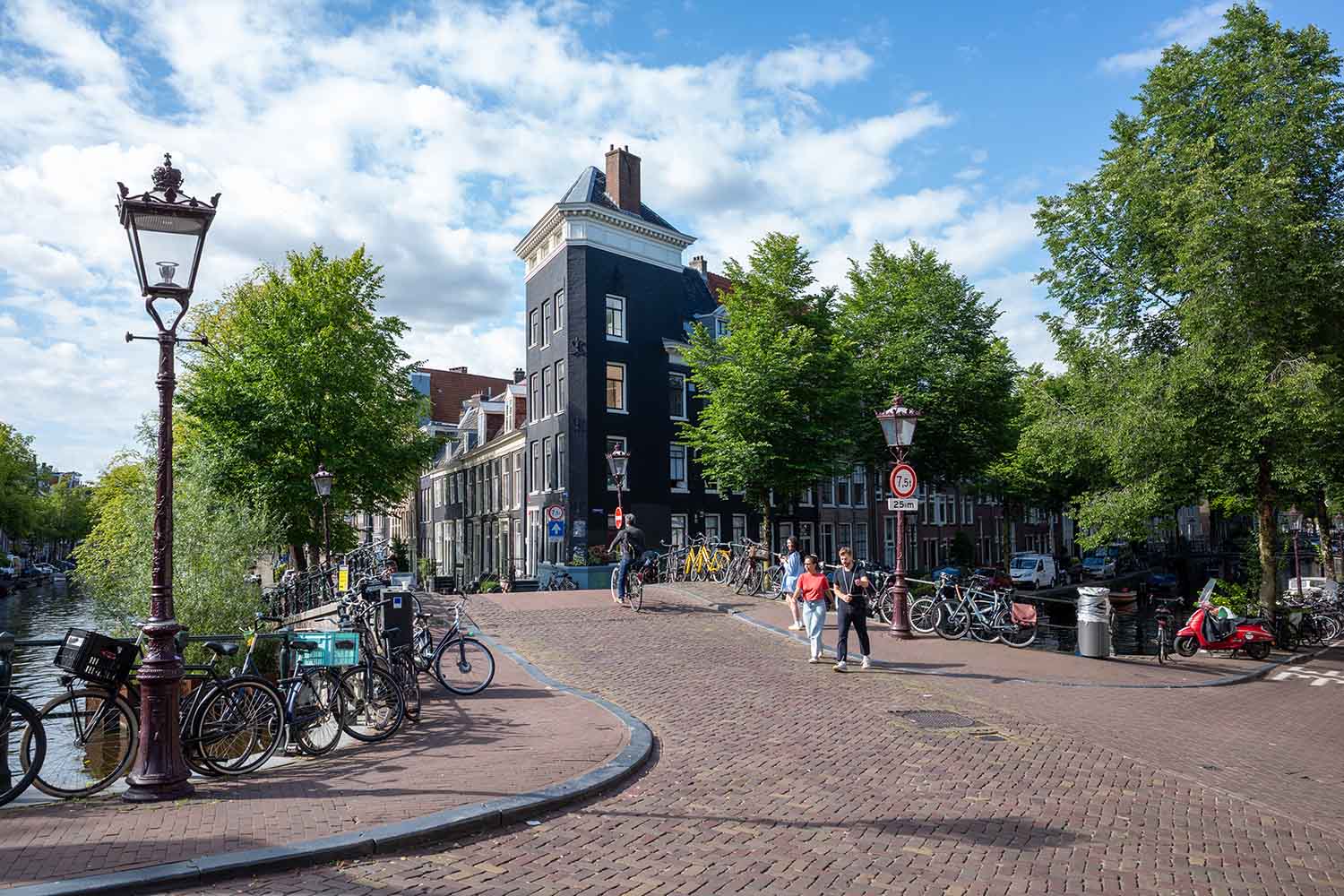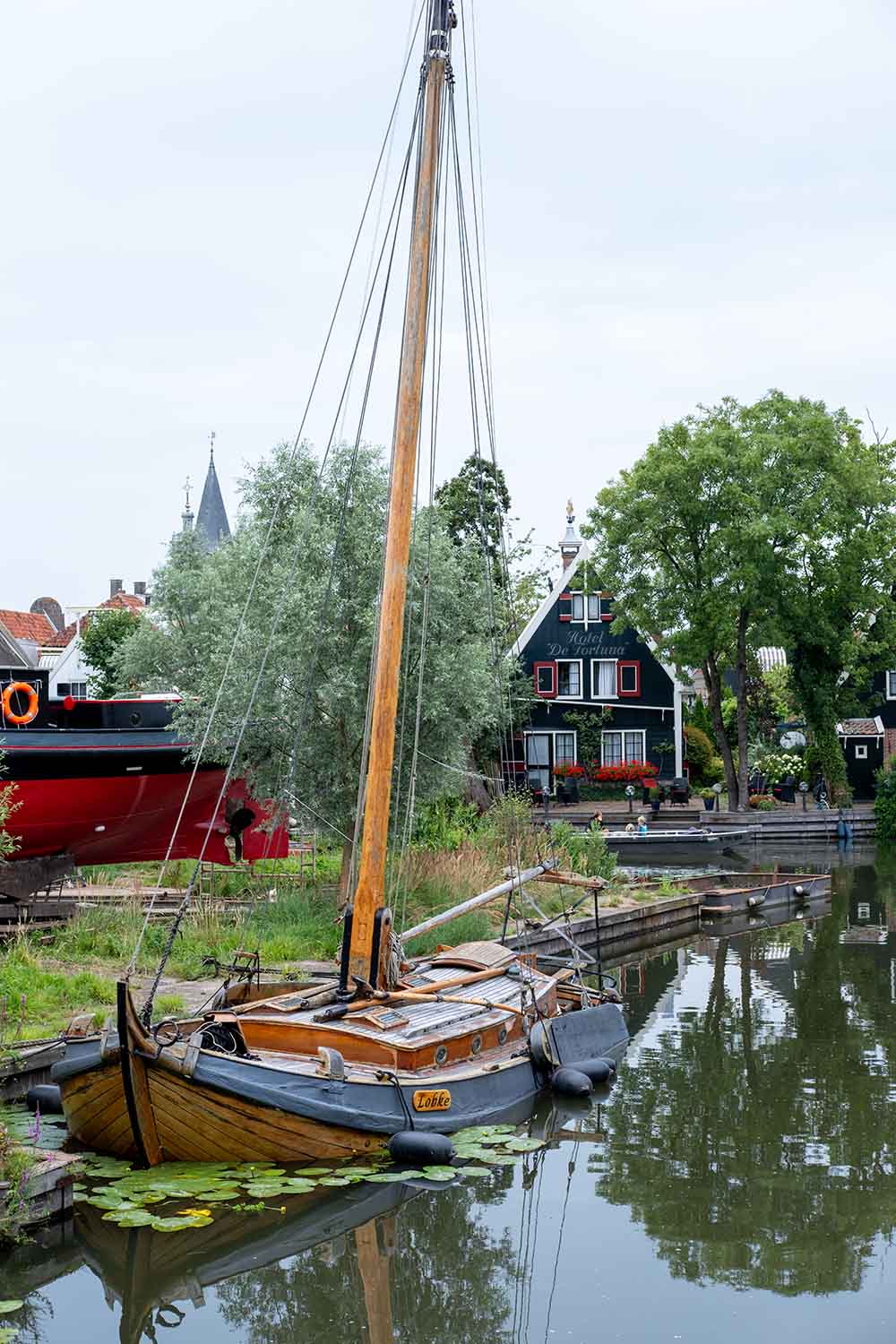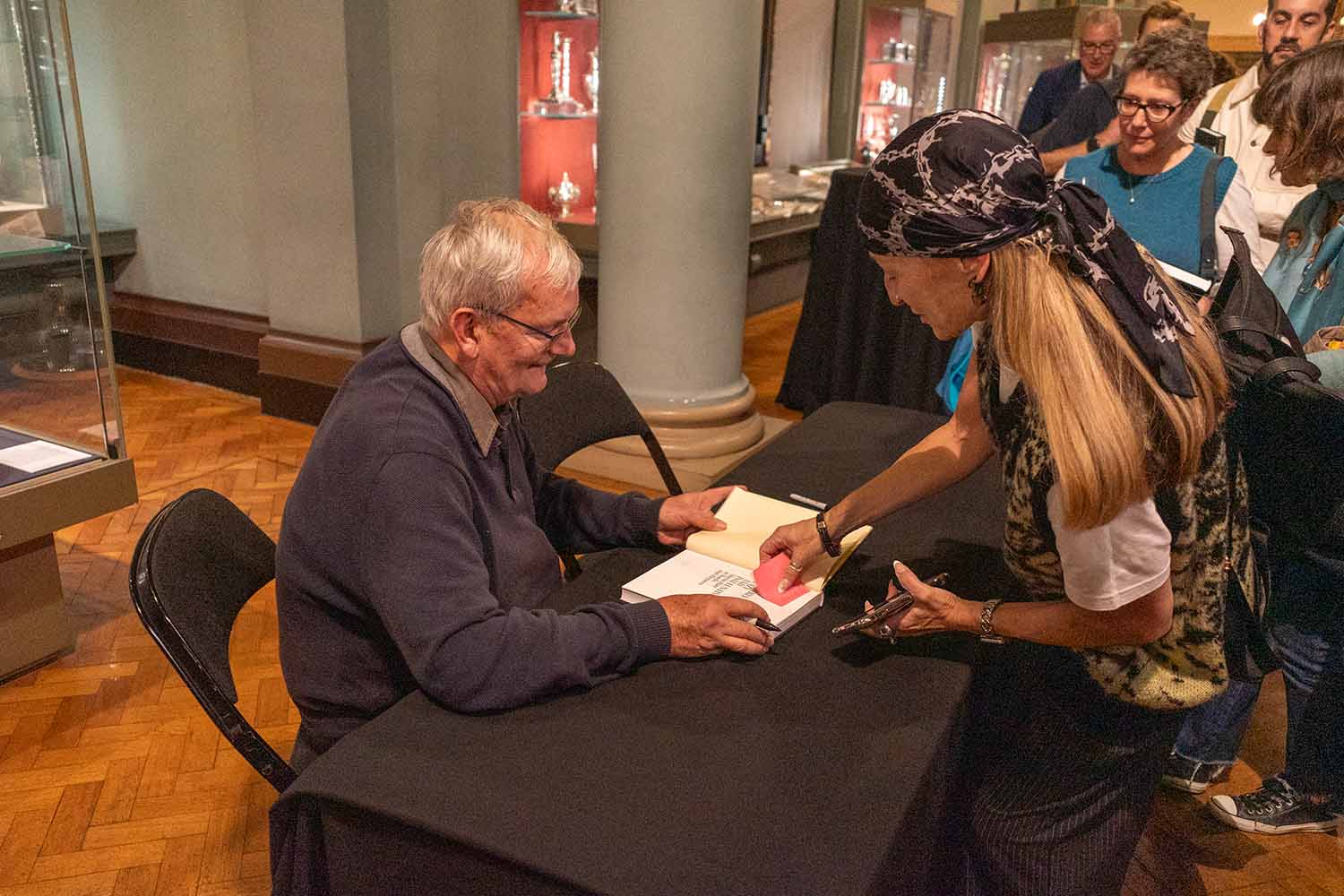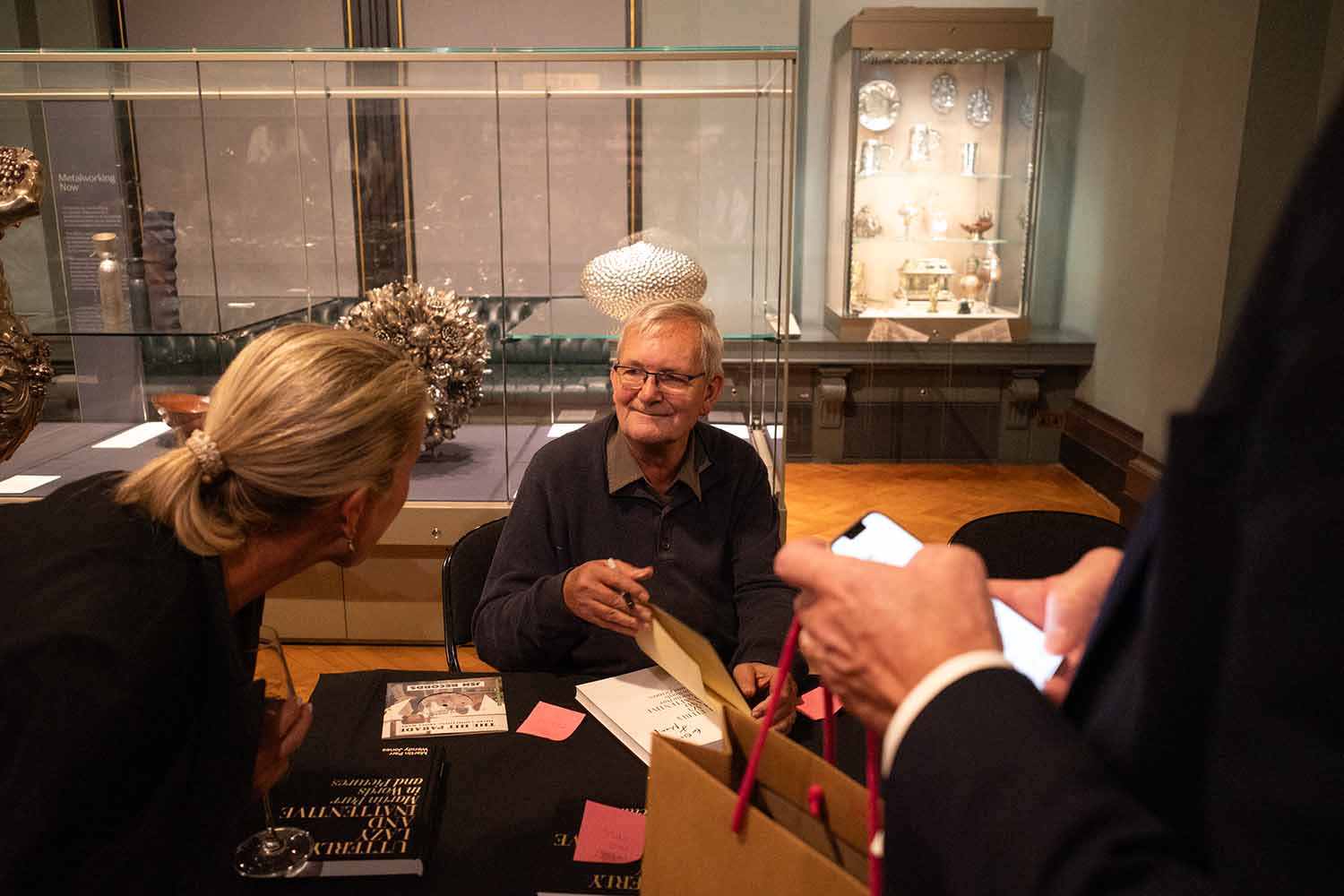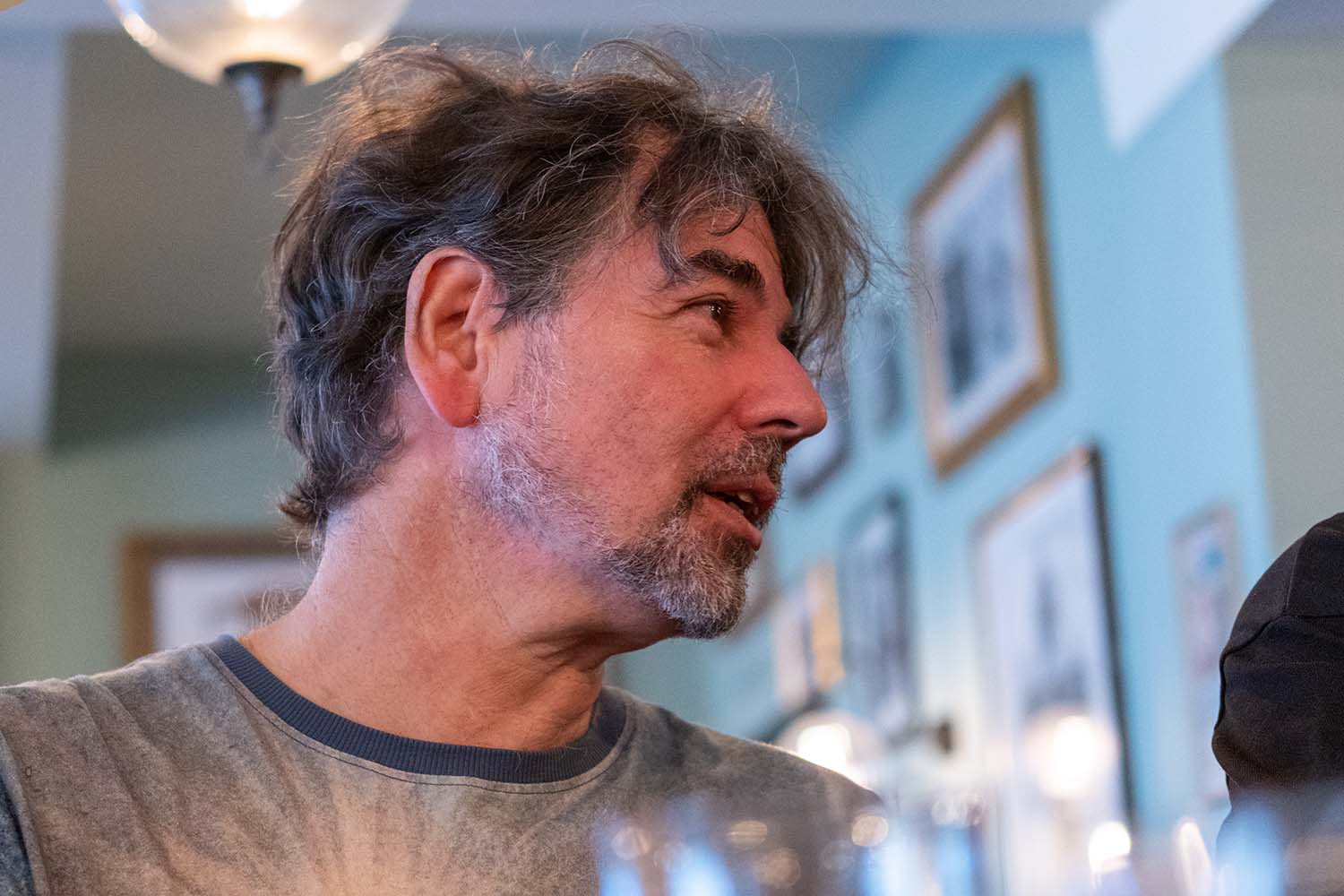What if I don’t care about IBIS (in-body image stabilisation)?
I didn’t have it on my film cameras and it was the lack of ISO headroom that forced me to cut my shutter speed. With digital, I can increase the ISO, and that’s what I did with the Fuji X100s, the X100f, the X-E3 and several Nikons and didn’t think twice about IBIS.
Shutter speed was just something to think about – just don’t let it drop too low. It still is a consideration with IBIS; it’s just that there’s more headroom to which to drop shutter speed.
But there are other things that bug me more than any lack of IBIS.
Weight is still bugging me. My Canon EOS R6 weighs 680g with card and battery. I love it dearly, and after a couple of hours with the bag on my shoulder I don’t notice the weight. But as a carry-around camera it is too heavy if I am on holiday, because then I might be carrying a guide book, binoculars, and who knows what else. Only the Ricoh GRIII is light enough that I can forget about the weight.
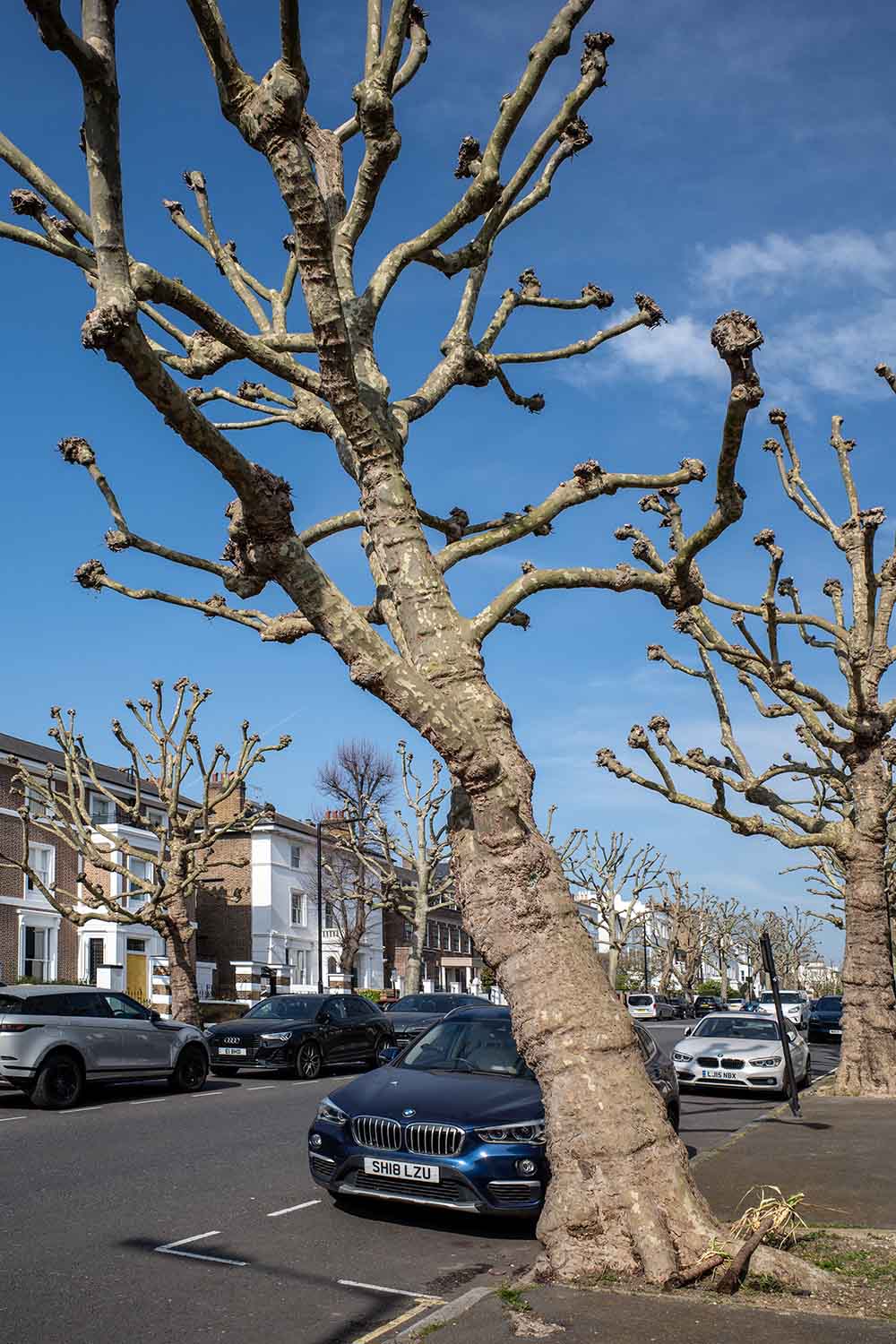
But consider this shot I took with the GRIII, as an example. The sun was behind me and I couldn’t see a blessed thing in the LCD and I ended up cutting off the top of the tree. Maybe it doesn’t matter for the shot, but I want to make decisions like that consciously and not have a photo spring a surprise on me. That said, I still love the camera dearly for the right circumstances.
As an aside, why do Councils cut London Plane trees right back every year. They look good in full leaf, and they do look very graphic when they are cut back like this.
But getting back to IBIS, if I opt for a camera without it, what is a good balance between features and weight?
The X-T3 weighs 539g. That’s not much a saving over the weight of the Canon.
How about the X-T30 or the X-T30 II at 383g? Are they too small to handle well? Surely not when I don’t think the Ricoh is too small. Now a saving of 307g over the Canon is significant.
The X-T30 II is looking to be a possibility. Or rather, it was looking to be a possibility but it’s not what I ended up getting.
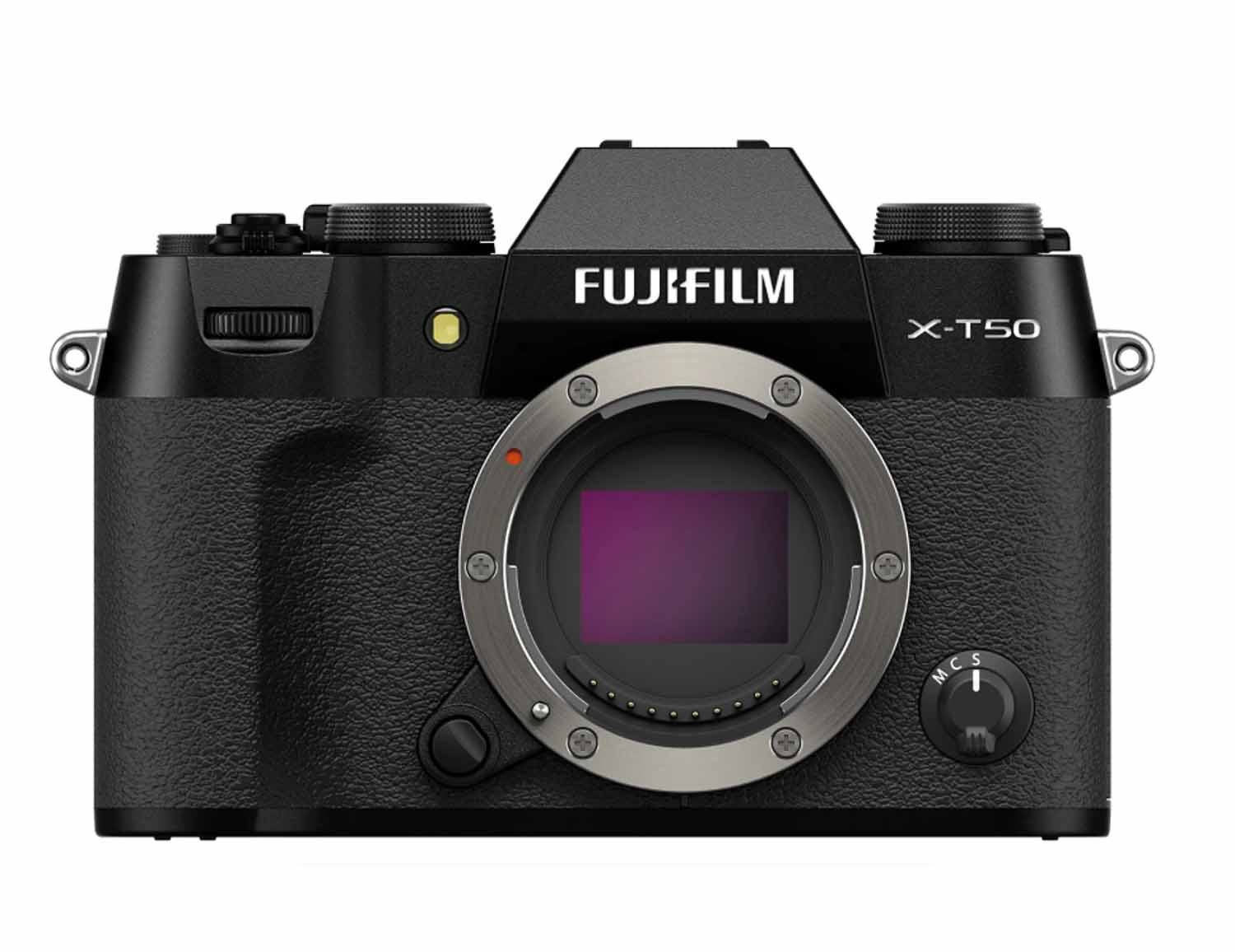
The Fuji X-T50
I ended up getting a Fuji X-T50, which comes in at 438g, which is pretty light considering that it has IBIS and a 40MP sensor.
I paired it with a 35mm f2 lens and took it to Amsterdam. This first shot is on the Prinsengracht in Amsterdam and the next shot is a waterway in village of Edam.
